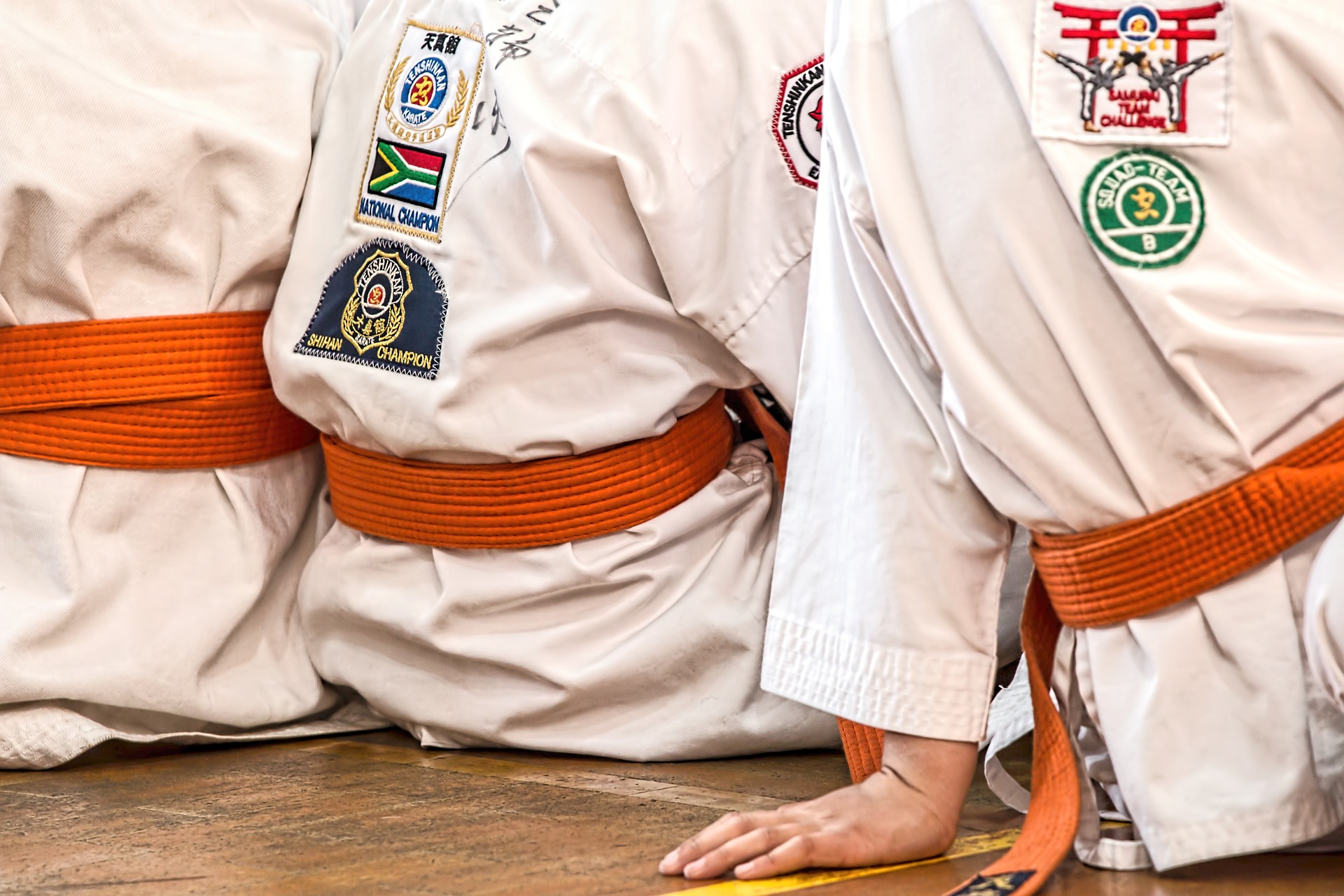Transforming Education: The Newest Trends in Studies and Learning
The landscape of education is rapidly evolving, shaped by technological advancements and changing societal needs. Traditional methods of learning are being supplemented—and sometimes replaced—by innovative approaches that cater to diverse learners. Read below to explore the newest trends in studies and learning, and how they can transform your educational journey.

Personalized Learning Experiences
Personalized learning tailors educational experiences to meet the unique needs, interests, and abilities of each student. This trend leverages technology to create adaptive learning environments where students progress at their own pace. Personalized learning can involve a variety of methods, including customized curricula and differentiated instruction.
One key feature of personalized learning is the use of data analytics to track student progress and adapt learning pathways accordingly. Educators can use insights gathered from assessments to identify gaps in knowledge and tailor their teaching strategies to address those gaps. This approach not only boosts engagement but also fosters a deeper understanding of the material.
Additionally, personalized learning empowers students to take charge of their education. They can choose subjects that resonate with them and engage in projects that align with their passions. This autonomy can lead to increased motivation and a more profound commitment to learning.
Hybrid Learning Models
Hybrid learning, which combines in-person instruction with online components, has gained prominence in recent years, especially in response to the COVID-19 pandemic. This approach offers flexibility, allowing students to benefit from both traditional classroom experiences and the convenience of online learning.
The hybrid model can take various forms, from flipped classrooms where students learn new content at home and engage in collaborative activities in class, to blended learning environments that integrate technology seamlessly into the learning process. Students can access resources and participate in discussions online, making learning more interactive and accessible.
Moreover, hybrid learning accommodates different learning styles. Visual learners may benefit from online videos, while kinesthetic learners can thrive in hands-on activities during in-person sessions. This versatility ensures that all students have opportunities to succeed.
Project-Based Learning
Project-based learning (PBL) is an instructional approach that encourages students to learn by engaging in real-world projects. This trend emphasizes collaboration, critical thinking, and problem-solving skills, making education more relevant and impactful.
In PBL, students typically work in groups to explore complex questions or challenges, creating tangible outcomes, such as presentations, prototypes, or reports. This method allows learners to apply their knowledge in practical settings, bridging the gap between theoretical concepts and real-life applications.
PBL also fosters essential soft skills, such as communication and teamwork, which are highly sought after by employers. By engaging in collaborative projects, students learn to navigate group dynamics and develop leadership qualities, preparing them for future careers.
Furthermore, PBL encourages creativity and innovation. Students are given the freedom to explore their interests and devise unique solutions to problems, which can lead to increased engagement and a sense of ownership over their learning.
Emphasis on Social-Emotional Learning (SEL)
Social-emotional learning (SEL) has emerged as a critical component of education, focusing on the development of emotional intelligence, self-awareness, and interpersonal skills. This trend recognizes that emotional well-being is integral to academic success and overall life satisfaction.
SEL programs aim to equip students with skills to manage their emotions, set positive goals, show empathy, maintain healthy relationships, and make responsible decisions. By fostering a supportive learning environment, educators can help students develop resilience and cope with stressors.
Incorporating SEL into the curriculum can lead to improved academic performance, reduced behavioral issues, and enhanced mental health. Schools are increasingly recognizing the importance of nurturing not just intellectual growth but also emotional and social development, which contributes to a more holistic approach to education.
Gamification in Learning
Gamification, the integration of game-like elements into the learning process, is transforming how students engage with educational content. By incorporating game mechanics such as points, levels, and rewards, educators can enhance motivation and foster a competitive spirit among learners.
This trend makes learning more enjoyable and interactive, encouraging students to take risks and embrace challenges. Gamified elements can be applied to various subjects, from mathematics and science to language arts, making lessons more dynamic and engaging.
Additionally, gamification promotes self-directed learning. Students can progress at their own pace, setting personal goals and challenges. The instant feedback provided through gamified assessments helps learners identify areas for improvement and celebrate their achievements, fostering a growth mindset.
-
Embrace Personalized Learning: Seek out educational resources that offer personalized pathways based on your interests and strengths. Engage with tools that adapt to your learning pace.
-
Explore Hybrid Models: Take advantage of hybrid learning opportunities that blend online and in-person instruction. This can enhance flexibility and improve your learning experience.
-
Participate in Project-Based Learning: Look for courses or programs that incorporate PBL. Collaborating on real-world projects can deepen your understanding and develop essential skills.
-
Prioritize Social-Emotional Learning: Seek environments that focus on SEL. Building emotional intelligence can improve your relationships and academic performance.
-
Engage with Gamification: Use educational games or apps that integrate gamified elements to make learning more engaging. Challenge yourself with different levels to enhance your skills.
In conclusion, the trends in studies and learning are steering education toward a more personalized, flexible, and engaging experience. By embracing these changes, students can enhance their learning journeys and prepare for a rapidly evolving job market. As we continue to innovate and adapt, these trends will shape the future of education, ensuring that learners are equipped with the skills and knowledge necessary for success. Whether through personalized learning, hybrid models, project-based activities, social-emotional growth, or gamification, the possibilities for meaningful education are endless.




